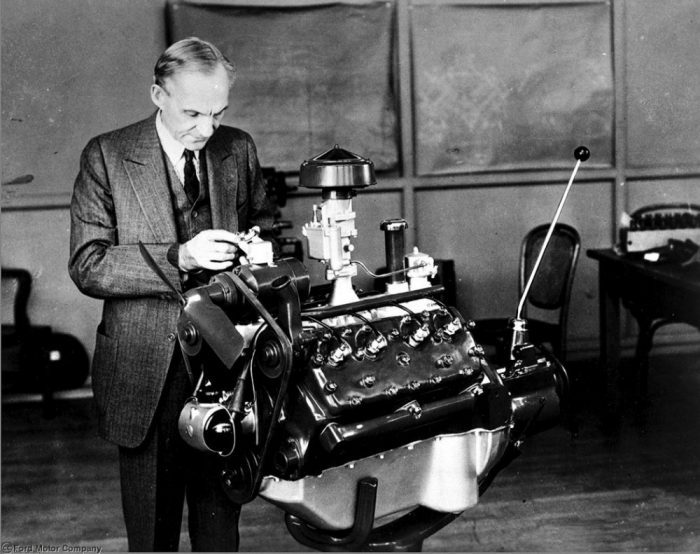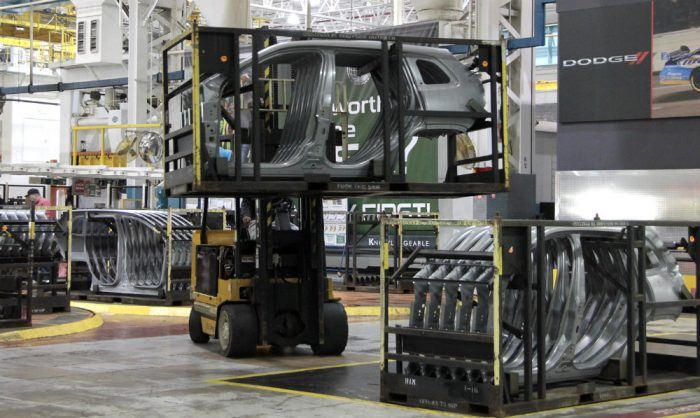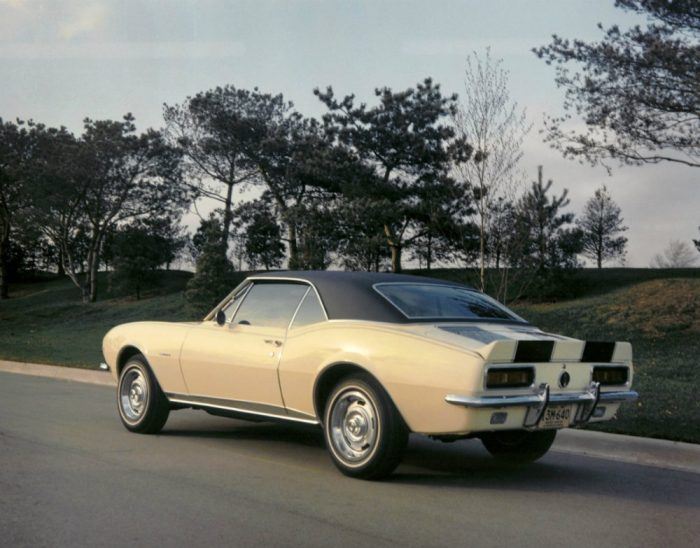Originally appeared on Automoblog.net
Are you a “buy American” kind of shopper? Many of us are, especially when it comes to our transportation. While it’s true that today in the U.S., one can choose from various European and Asian-branded vehicles, the “Big 3” (General Motors, Ford, and Fiat Chrysler Automobiles) continue to build the cars and trucks Americans want.
While their market share (percentage of total vehicle sales) may be down compared to their heyday, all three companies are healthy and profitable.
When imports started to gain in popularity immediately after World War II, the innovations they brought with them (more efficient engines, radial tires, disc brakes) caused American cars to appear to be at a disadvantage. It became easy to overlook all the contributions made by the American auto industry. We can only briefly summarize all those achievements today.
General Motors
General Motors, founded in 1908, purchased a number of other automobile companies and soon had many different brands (Chevrolet, Buick, Oldsmobile, Pontiac, and Cadillac) under its umbrella. By the late 1920s, GM was the largest car company in the world. GM is credited with the idea that each brand could be positioned at a different price point and appeal to a different market segment.
The concept of annual styling changes was a GM innovation.
Ford Motor Company
Henry Ford, founder of Ford Motor Company, was an incredible innovator. While he is often (mistakenly) credited with the invention of the assembly line, he did introduce the moving assembly line. Ford produced the Model T in such quantities, and at such affordable prices, the vehicle became nearly synonymous with the term “automobile.”
He truly put America on the road and behind the wheel.
Innovations continued with the introduction of the affordable V8 in the 1930s, when at the time, V8 engines were only for the wealthy.

1932: A new V8 engine now powered Ford automobiles. The lighter, less expensive engine was more powerful than competing V8s. Wildly popular, it is the last product innovation in which Henry Ford plays a direct role. Photo: Ford Motor Company.
Chrysler
Chrysler, started by Walter P. Chrysler in the 1920s, was the last of the Big 3 companies to form. The first Chryslers were considered well-engineered cars, starting a reputation for excellence which would continue for decades. Additional brands like Dodge, Plymouth, and DeSoto followed a marketing approach similar to that of General Motors.
In doing so, Chrysler surpassed Ford and rose to 2nd place in sales by the 1930s.

A forklift driver moves racks of Jeep Cherokee body side panels at the FCA US Sterling (Michigan) Stamping Plant. With nearly 3 million square feet of floor space, the 50-year-old plant is the largest stamping plant in the world and produces more than 62 million parts annually. Photo: FCA
Economic Infrastructure
During the birth of automotive manufacturing, the American automakers had little competition, thanks to the size of the domestic market, and the tremendous growth led by the Big 3. By 1929, the U.S. produced 90% of the world’s cars. This dominance would remain until it was overtaken by Japan in the 1980s.
The popularity of automobiles also led to the rise of many related businesses in road building and fuel supply, to auto sales, service, and parts. Consider other businesses like roadside motels, highway restaurants, and even drive-in movies, all sustained by the American automakers. Again, the U.S. was at the forefront of many of these trends, thanks to our wide-open spaces, manufacturing infrastructure, and strong economy.
How well do you think you know the history of the U.S. automobile industry? Try your hand at our quiz. You might surprise yourself with how much (or how little!) you know.
*Richard Reina is a Product Trainer at CARiD.com and lifelong automotive enthusiast.
Cover Photo: Ford Motor Company
from Automoblog.net http://www.automoblog.net/2016/08/09/well-know-american-automakers/
via IFTTT
from Tumblr http://peternpalmer.tumblr.com/post/148692859976
via IFTTT

No comments:
Post a Comment